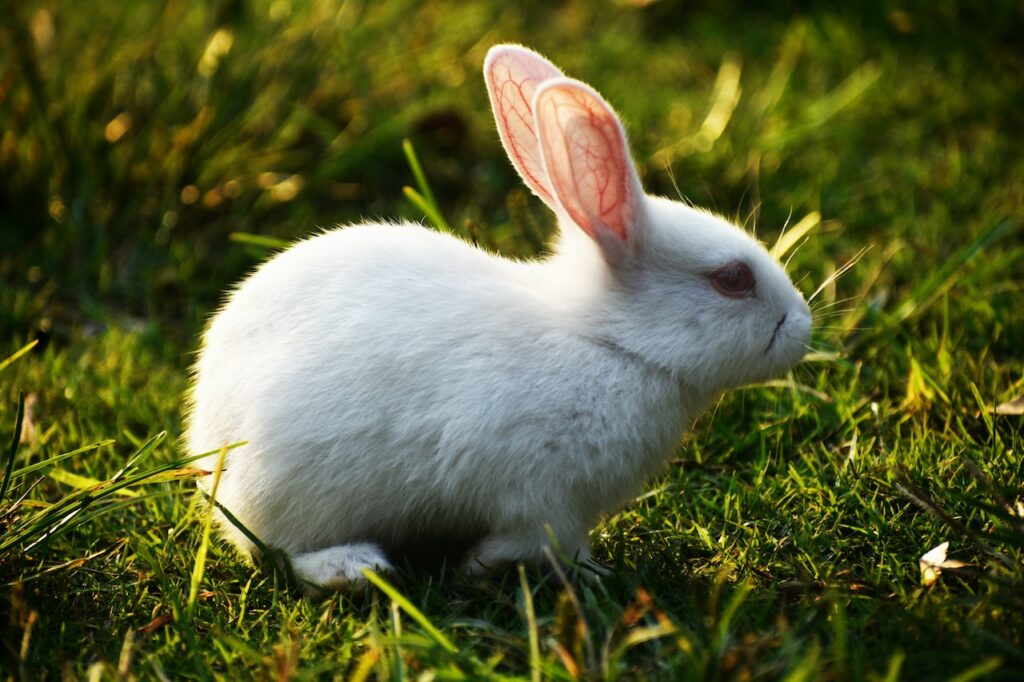How Long Does it Take for a Rabbit to Have Its Babies? – Everything You Need to Know
Are you curious about how long a rabbit takes to give birth? Rabbits are known for their short gestation periods, with the average pregnancy lasting between 28-31 days. But how much time is needed for labour and delivery? And how do you tell if your rabbit is going into labour? In this article, we will provide all the information you need about how long a rabbit takes to have its babies and how to care for them during the birthing process. So read on if you want to learn everything there is to know about caring for pregnant rabbits!
How Long Does it Take a Rabbit to Give Birth: A Comprehensive Guide
Rabbits are incredibly prolific animals, able to produce offspring in vast numbers. But how long does it take a rabbit to give birth? This guide will provide an overview of the gestation period for rabbits, as well as give insight into the birthing process and what to look out for when expecting a litter of baby bunnies.
The Gestation Period for Rabbits
The exact time frame it takes a rabbit to give birth can vary from species to species, but generally speaking, the gestation period for rabbits tends to be between 28 and 36 days. Some species may have slightly longer or shorter periods before giving birth, depending on their size and health. On average, female rabbits reach sexual maturity around six months old and males around seven months old, meaning that they can begin producing offspring at this stage.
The Birthing Process
When the time comes for a mother rabbit to give birth, she will often make herself a nest in her enclosure or hutch, which she’ll use as protection while giving birth. She will then begin delivering her young one by one into the nest until all are born. The entire process usually takes no more than two hours – usually much less – and can involve up to twelve babies being born at once! After all the babies have been born and cleaned up by their mothers, they’re ready to face the world!
What To Look Out For When Expecting Baby Bunnies
When waiting for baby bunnies to arrive, you must monitor your female rabbit closely during her pregnancy so you can be prepared when she begins labour. You should also ensure enough food and plenty of hay or straw in her nesting area to keep her comfortable throughout the birthing process. It’s also important not to disturb her too much during labour because this can cause stress, leading to complications with delivery or even miscarriage. Finally, if you notice any signs of distress, such as heavy panting or bleeding, you must seek veterinary help immediately for your rabbit’s wellbeing.
Signs That Labor Has Started
There are several key factors which indicate that labour has started in a female rabbit:
- Swollen vulva – The vulva will become swollen due to pressure from the puppies inside.
- Nest-building – Your female bunny may gather materials such as hay or straw to create a nest where she can deliver her litter.
- Pushiness – You may notice your bunny is pushing against walls or furniture with its hind legs.
- Contractions – As labour progresses, your bunny will start experiencing contractions which can include panting heavily and vocalising.
- Flagging tail – You may notice your bunny’s tail lifting up above its head just before delivery begins.
Things To Do After The Babies Are Born
Once all babies have been born, you must check them over carefully for any defects and ensure that they don’t need medical attention immediately after coming out of the womb. It’s also important not to separate them from their mother too soon, as this could cause physical and emotional distress. Checking up on them regularly during their first few weeks is essential so that any changes in behaviour can be spotted quickly, such as if some babies aren’t growing at an expected rate or developing abnormally compared with their siblings. Lastly, ensuring an adequate food supply for both mothers and babies is paramount during this critical period. Hence, they get all of the nutrition required for healthy development!
Wrap Up
Rabbits are known for their short gestation periods, with the average pregnancy lasting between 28-31 days. While this is mostly due to how quickly they reproduce, understanding how long it takes to give birth and how to care for them during the birthing process is key in ensuring both mother and baby’s health and well-being. With regular checks throughout the birthing period and an adequate food supply afterwards, you can ensure that your little furry family have a safe, healthy start to life! Happy birthing! 😊🐰✨
If you’re a rabbit owner, now is the time to get your pet insured with furrr.co.uk! With our comprehensive coverage, you can rest assured that if any of your rabbits experience unexpected illnesses or injuries during their birthing process, they’ll be covered and taken care of. Get started today and make sure your furry friends are protected!










